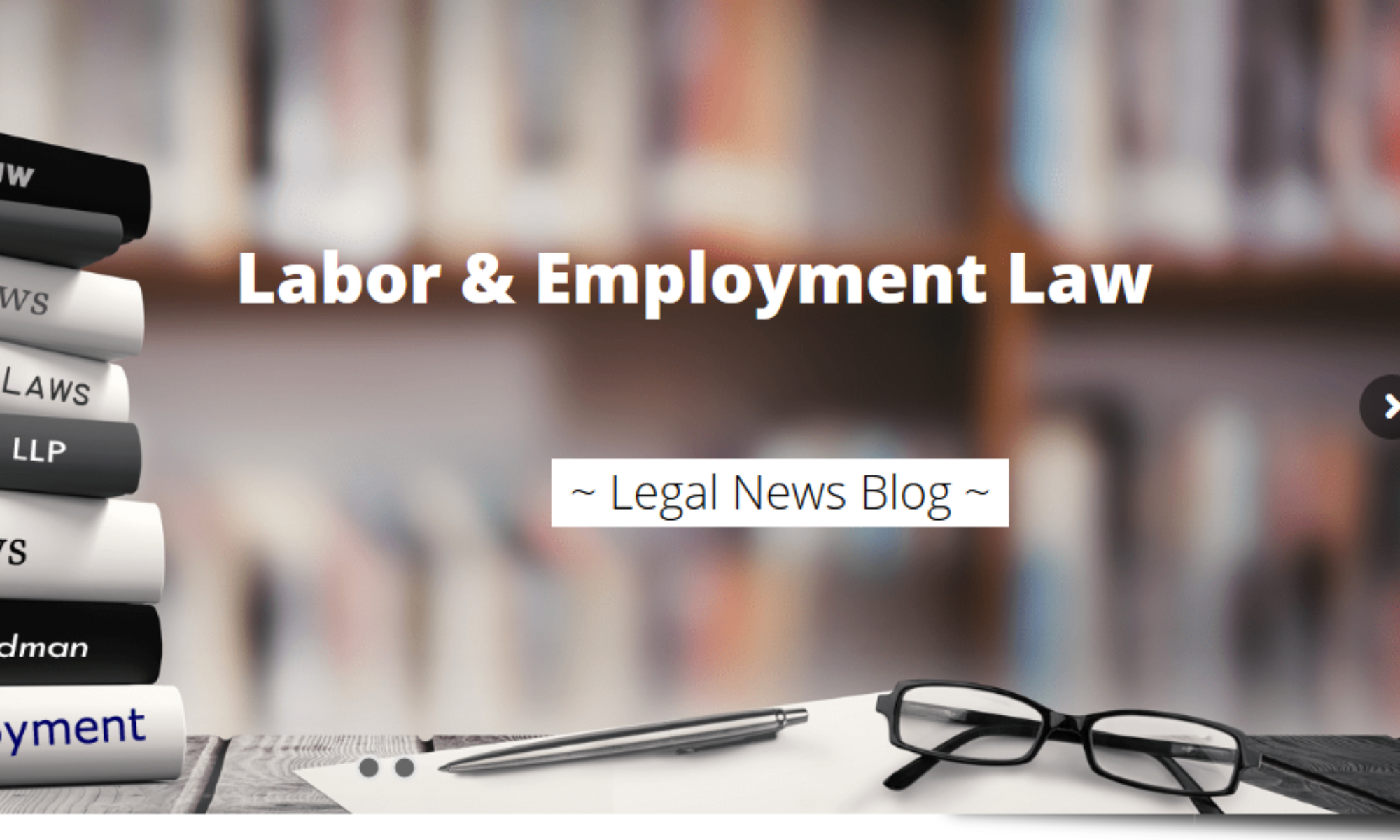Landlord Pays $2.49M for Gender Discrimination Case
In a landmark decision, a Maryland court has delivered a staggering $2.495 million judgment against an Eastern Shore landlord found guilty of sexually harassing and assaulting tenants. This case, one of the largest housing-discrimination rulings in the state’s history, sends an unequivocal message to predatory landlords: the exploitation of vulnerable tenants will not be tolerated.
The judgment against Eric Sessoms and his company, Mt. Vernon Group LLC, represents a major victory for fair housing and tenant rights. It brings a degree of justice to the seventeen women who bravely came forward to share their stories of abuse and intimidation. For years, these women were subjected to a horrifying pattern of behavior, a reality where keeping a roof over their heads meant enduring unwanted sexual advances, coercion, and assault. This ruling not only provides them with significant financial compensation but also affirms that their experiences were real, their suffering was acknowledged, and their courage has paved the way for a safer housing environment for others.
This blog post will examine the details of this significant case, from the initial accusations to the final court order. We will explore the legal proceedings, the specifics of the judgment, and the broader implications for housing laws and tenant protection.
Background: Gender-based Discrimination and Harassment Accusations
The case against Eric Sessoms and Mt. Vernon Group LLC paints a disturbing picture of a landlord who systematically preyed on women in precarious financial situations. Sessoms, who managed numerous rental properties across Maryland’s Eastern Shore, was accused of creating a hostile and dangerous living environment for his female tenants and applicants.
According to the lawsuit filed by the Maryland Attorney General’s Civil Rights Division, Sessoms engaged in a consistent pattern of “sex for rent” schemes. The investigation revealed that he frequently offered to reduce rent or waive housing-related fees in exchange for sexual favors. When his advances were rejected, the consequences were severe. In one instance, a woman who refused his sexual demands was illegally evicted from her home, left without shelter simply for asserting her right to bodily autonomy.
The allegations extended beyond coercive propositions. Sessoms was accused of subjecting tenants to voyeurism, constant unwanted sexual advances, and even sexual assault. One particularly harrowing account detailed how Sessoms exposed himself to a homeless woman seeking housing and forced her hand onto his genitals. This conduct highlights a profound abuse of power, where Sessoms leveraged his control over housing to exploit the desperation of women facing instability. At least seventeen women ultimately came forward, their collective testimonies building an irrefutable case of gender-based discrimination and harassment.
The Legal Battle and Court Findings
The legal action was initiated by the Maryland Attorney General’s Civil Rights Division, marking a significant move to combat gender-based housing discrimination. The lawsuit, filed in the Wicomico County Circuit Court, detailed the extensive pattern of abuse perpetrated by Sessoms. It was a clear-cut case of violating both the federal Fair Housing Act and Maryland’s anti-discrimination laws, which explicitly prohibit housing discrimination based on sex.
The court proceedings revealed the depth of Sessoms’ misconduct. The evidence presented showed a clear pattern of:
- Making housing unavailable to women who rejected his sexual advances.
- Discriminating in the terms and conditions of rental agreements based on sex.
- Making statements that indicated a preference for tenants willing to engage in sexual acts.
- Coercing, intimidating, and threatening tenants who resisted his demands.
After reviewing the evidence, the court granted a Motion for Default Judgment against Sessoms and Mt. Vernon Group, LLC. The findings were decisive: the defendants had violated state and federal laws by engaging in a pattern of gender-based discrimination. The ruling affirmed the State’s allegations, officially validating the experiences of the women who had suffered under Sessoms’ control. Attorney General Anthony G. Brown called the ruling a victory for the courageous survivors, stating, “No one should have to endure sexual harassment to keep a roof over their head.”
Details of the Landmark Judgment
The Wicomico County Circuit Court’s final order was comprehensive, designed not only to compensate the victims but also to prevent Eric Sessoms from ever harming tenants again. The $2.495 million judgment is broken down into several key components.
Financial Compensation and Penalties
- Compensation for Victims: The largest portion of the judgment, $2.325 million, is allocated for the seventeen women harmed by Sessoms’ actions. The compensation amounts vary based on the severity of the abuse each woman endured, covering emotional distress, economic damages, and restitution. Payments range from $85,000 for enduring a hostile housing environment to $305,000 for a victim who faced illegal eviction and coerced sexual intercourse.
- Civil Penalties: The defendants were ordered to pay $170,000 in civil penalties to the state of Maryland. This fine is intended to punish the defendants for their illegal conduct and deter others from similar actions.
- Litigation Costs: Sessoms and Mt. Vernon Group LLC must also reimburse the state for $111,711.25 to cover the costs of the investigation and litigation.
Restrictions on Future Activities
The court imposed strict, permanent restrictions on Sessoms to ensure he can no longer operate in the housing industry.
- Lifetime Ban: Eric Sessoms is permanently barred from working in the residential rental industry in any capacity. This includes roles as a landlord, manager, agent, or any other position involving rental properties.
- No Contact Order: Sessoms is prohibited from having any contact—in-person, electronic, or verbal—with any current or former tenants.
- Corporate Changes: Mt. Vernon Group LLC is required to remove Sessoms as its registered agent and appoint a new one. The company must also implement annual training on gender-based discrimination and sexual harassment for all owners, agents, and employees, conducted by an approved fair housing organization.
The Broader Implications for Tenant Rights
This case is more than just a victory for the seventeen women involved; it sets a powerful precedent for tenant rights and fair housing enforcement across the country. It sends a clear signal that “sex for rent” harassment is a severe form of housing discrimination that will be met with serious legal and financial consequences.
The judgment reinforces the protections afforded under the Fair Housing Act, reminding landlords that their power does not give them license to exploit or abuse. For tenants, this ruling can serve as an assurance that the law is on their side and that reporting such violations can lead to tangible justice. It empowers victims who may have previously felt isolated or helpless, showing them that their voices can lead to significant change.
This case also highlights the critical role of state and federal agencies in protecting vulnerable populations. The assertive action taken by the Maryland Attorney General’s Civil Rights Division demonstrates a commitment to holding predatory landlords accountable.
Know Your Rights and How to Report Violations
Housing is a fundamental human right, and no one should have to sacrifice their safety or dignity to secure it. If you or someone you know is facing sexual harassment or any other form of discrimination from a landlord, it is crucial to know that you are not alone and that help is available.
Tenants can report suspected civil rights violations to their state Office of the Attorney General. Federal complaints can also be filed with the U.S. Department of Housing and Urban Development (HUD).
Seeking Justice and Holding Abusers Accountable
The judgment against Eric Sessoms is a stark reminder of the injustices that can occur when power is abused. It also stands as a testament to the strength of the survivors and the power of the legal system to effect change. While this ruling provides a measure of justice, the fight against housing discrimination is far from over.
Victims of such egregious conduct deserve fierce legal representation to ensure their rights are protected. Firms like Helmer Friedman LLP offer skilled legal advocacy to help address these injustices. With over 20 years of experience, a strong history of case victories, and a commitment to personalized client support, Helmer Friedman LLP can guide you through the legal process and work to secure the justice and compensation you deserve. Don’t hesitate to reach out for a confidential consultation to discuss your situation.
Disclaimer: While the parties in this case were not represented by Helmer Friedman LLP, the settlement offers crucial insights for tenants facing similar situations.
The State of Maryland v. Eric Sessoms, Mt. Vernon Group LLC Case: C-22-CV-24-000260
This article includes some information from the reporting of Sean Curtis.









